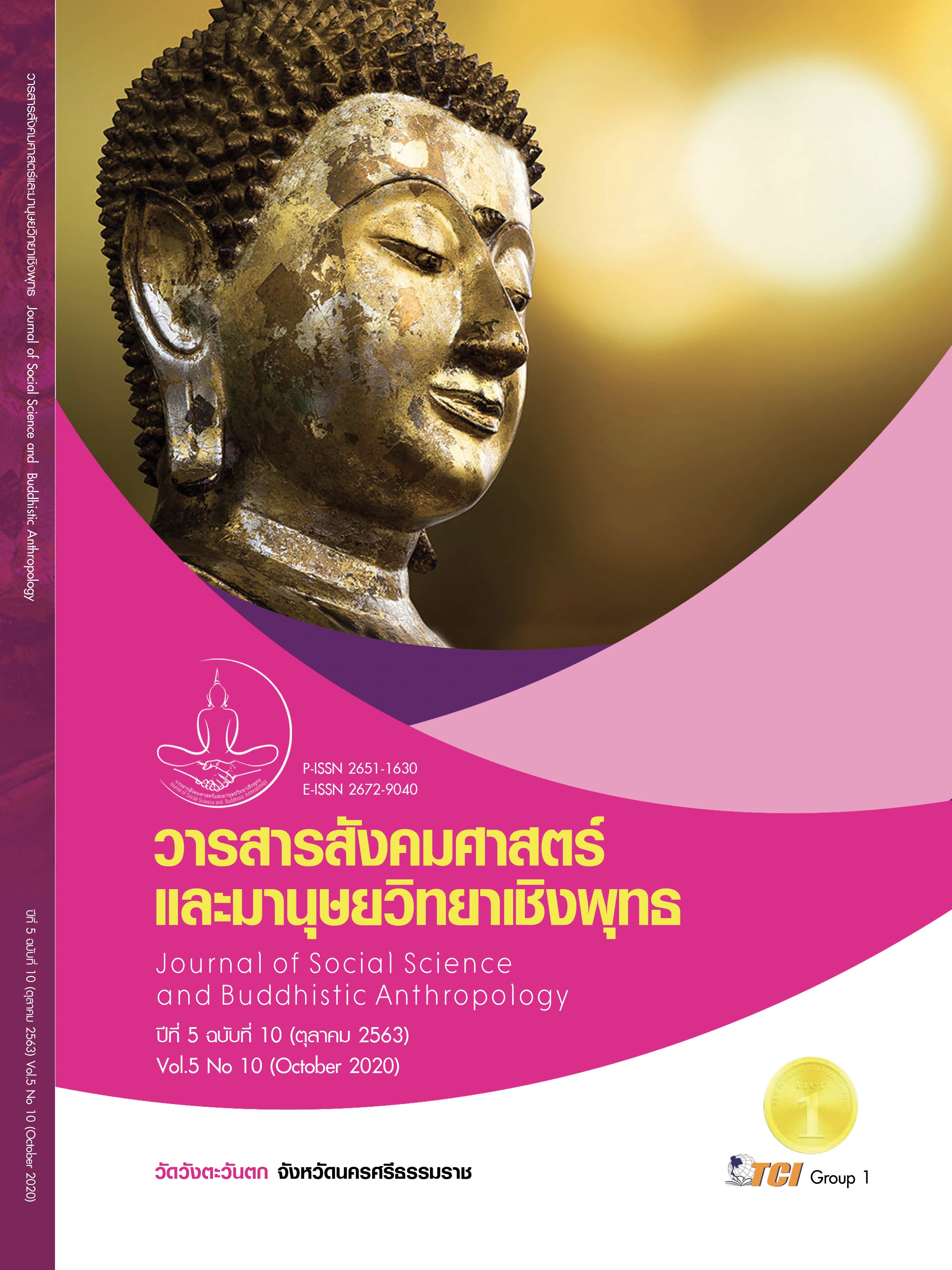SAFETY MANAGEMENT EFFICIENCY OF MARINE TOURISM MANAGEMENT ANDAMAN SEA
Keywords:
Safety, Marine Tourism Management, Andaman Sea Coast TourismAbstract
The Objectives of this research article were to. 1) To study on the safety management in an Andaman Sea coast tourism management; 2) To study on the efficiency of safety management in an Andaman Sea coast tourism management and the influential factors toward the efficient of safety management in Andaman Sea coast tourism management; and, 3) To study on problems, obstacles, and suggestions for safety management in Andaman Sea coast tourism management. The study populations were the tourists and tourism operators. The sample group was 200 from each tourists and tourism operators group. The research instrument used for data collection was the questionnaire and interview forms. The statistics used for data analysis were frequency, percentage, mean, standard deviation and multiple regression analysis.It was found from the results of the study that overall, safety management in an Andaman Sea coast tourism management was at a high level. The scores were ranked from the highest to the lowest as follows: personnel, technology, public relations, budget, equipment, and administrative systems. The effectiveness of the safety management in an Andaman sea coast tourism management overall was at high level as can be ranked from the highest to the lowest as follows: quality, satisfaction, health, physical and property. In addition, safety management in an Andaman sea coast tourism management that affected on the effectiveness of safety management in an Andaman sea coast tourism management were ranked from the highest to the lowest as follows: satisfaction, property, physical and environment at the significant level of 0.05. All four aspects in safety management could help predicting on the effectiveness of the safety management in the sea coastal tourism management for 65.60 percent.
References
กระทรวงการท่องเที่ยวและกีฬา. (2562). สถิตินักท่องเที่ยว. เรียกใช้เมื่อ 10 กรกฎาคม 2562 จาก https://www.mots.go.th/ewt_dl_link.php?nid=11040
กัลยา วานิชย์บัญชา. (2552). สถิติสำหรับงานวิจัย ภาควิชาสถิติ คณะพาณิชยศาสตร์และการบัญชี. กรุงเทพมหานคร: สำนักพิมพ์แห่งจุฬาลงกรณ์มหาวิทยาลัย.
คนึงภรณ์ วงเวียน และคณะ. (2555). การพัฒนายุทธศาสตร์การท่องเที่ยวเชิงนิเวศอย่างยั่งยืนที่เกาะเสม็ด จังหวัดระยอง. วารสารการบริการและการท่องเที่ยวไทย, 7(2), 86 - 103.
ตรีเนตร ตันตระกูล. (2560). การพัฒนาทรัพยากรบุคคลในสำนักงานเขตประเวศ กรุงเทพมหานคร. วารสารวิชาการสถาบันเทคโนโลยีแห่งสุวรรณภูมิ, 3(2), 1 - 16.
ปุริมพัฒน์ ธนาพันธ์สิริ. (2559). การจัดการความปลอดภัยในชีวิตและทรัพย์สินให้กับนักท่องเที่ยวของตำรวจท่องเที่ยวจังหวัดภูเก็ต. วารสารวิชาการมหาวิทยาลัยราชภัฏภูเก็ต, 12(1), 123 - 150.
พิมพ์ลภัส พงศกรรังศิลป์. (2557). การจัดการการท่องเที่ยวชุมชนอย่างยั่งยืน: กรณีศึกษา บ้านโคกไคร จังหวัดพังงา. วารสารวิชาการ Veridian E-Journal, 7(3), 650 - 665.
เพชรรัตน์ มีสมบูรณ์พูนสุข และคณะ. (2556). ความพึงพอใจของนักท่องเที่ยวชาวต่างประเทศต่อการท่องเที่ยวในจังหวัดระยอง. วารสารสังคมศาสตร์ มหาวิทยาลัยศรีนครินทรวิโรฒ, 16(6), 142 - 154.
อุมาพร บุญเพชรแก้ว และอิสระพงษ์ พลธานี. (2561). การจัดการการท่องเที่ยวภายใต้แนวคิด Low Carbon Destination กรณีศึกษา เกาะหมาก จังหวัดตราด. วารสารวิชาการ สถาบันการพลศึกษา, 10(3), 221 - 234.
Adhikary, M. (1995). Management of Ecotourism. Bangkok: Srinakarinwirot University.
Nimpanich, C. (2006). Analysis of Policy Scope Framework Theory and Case Study. Nonthaburi: Sukhothai Thammathirach Printing.
Reason, J. et al. (2006). Paries J. Revisiting the «Swiss cheese» model of accidents. Retrieved July 23, 20 , from http://publish.eurocontrol.int/eec/gallery/ content/public/document/eec/report/2006/017_Swiss_Cheese_
Model.pd.
TNN Thailand. (2562). เหตุเรือล่มในจังหวัดภูเก็ต. เรียกใช้เมื่อ 20 กรกฎาคม 2562 จาก https://www.tnnthailand.com/content/3232.








